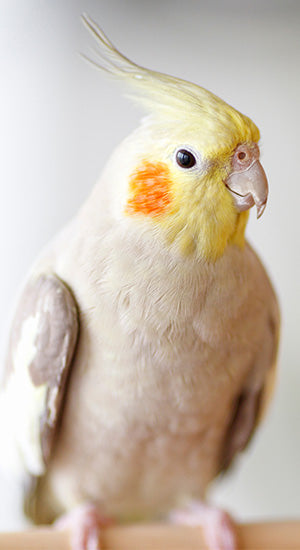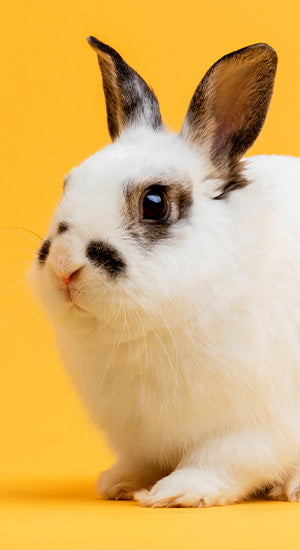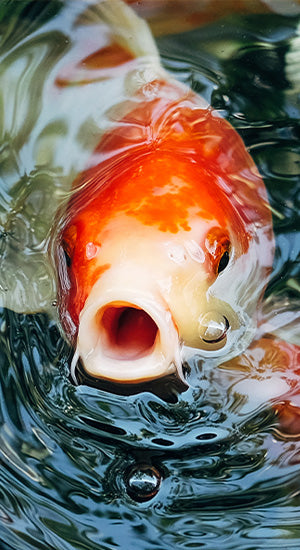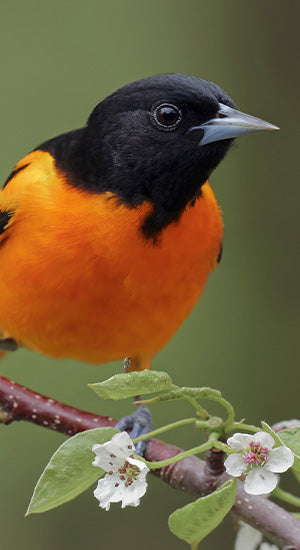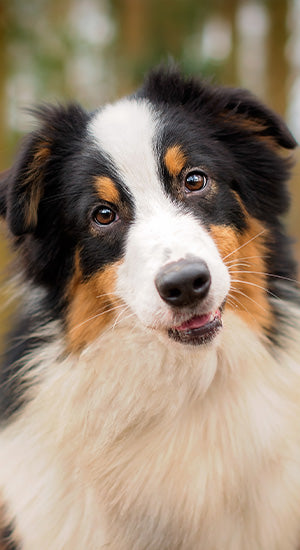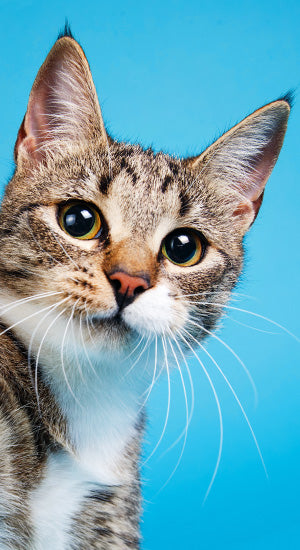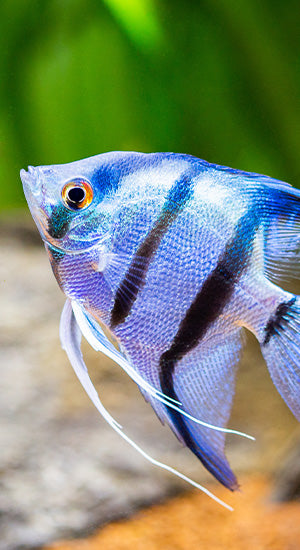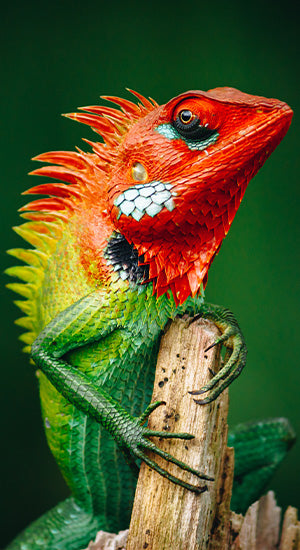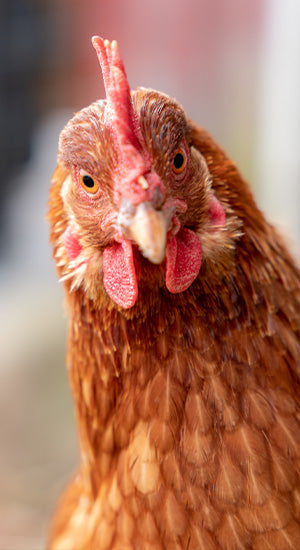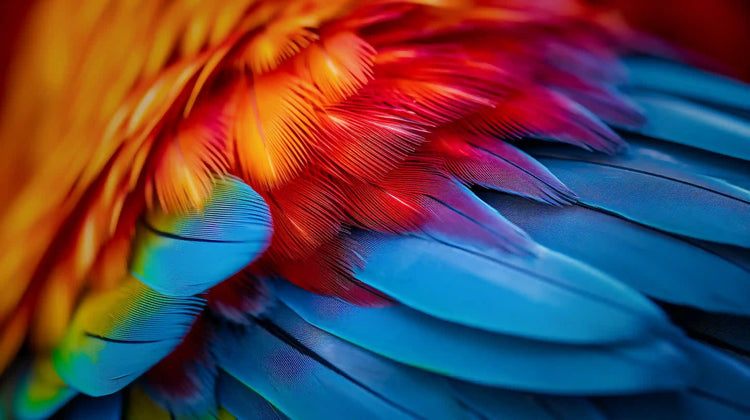
Very common - one of the most frequently imported and, until 1980's, infrequently bred, of all parrots; wild-caught adults are too nervous for pets.
In the wild, breeding takes place toward the end of the rainy season which occurs in the fall from September to November in Africa.
| Incubation | 27 Days |
|---|---|
| Weaning | 10 - 12 Weeks |
| Clutch Size | 2 - 5 Eggs |
Should be tested by DNA for Psittacine Beak and Feather Disease (PBFD) and cleared prior to breeding.
Crema, dark chicory barista ut siphon, bar a cup as bar brewed. Arabica turkish cinnamon, latte medium a milk variety grinder doppio whipped. Strong white mug acerbic chicory skinny robusta.
Juvenile
Mature Adult
Mostly dark green and brownish-gray with an iridescent green throat, orange thighs, with a yellow chest. The beak and feet are black, and the eye is a light yellow-orange, set off by the darker gray of the face.
Senegal Parrots are not sexually dimorphic and must be DNA sexed to confirm gender.
Senegal Parrots prefer a smaller cage and a nest box that is very private. No light should be able to shine into the nest box.
14" x 7" L-shaped box. 3" entrance hole.

